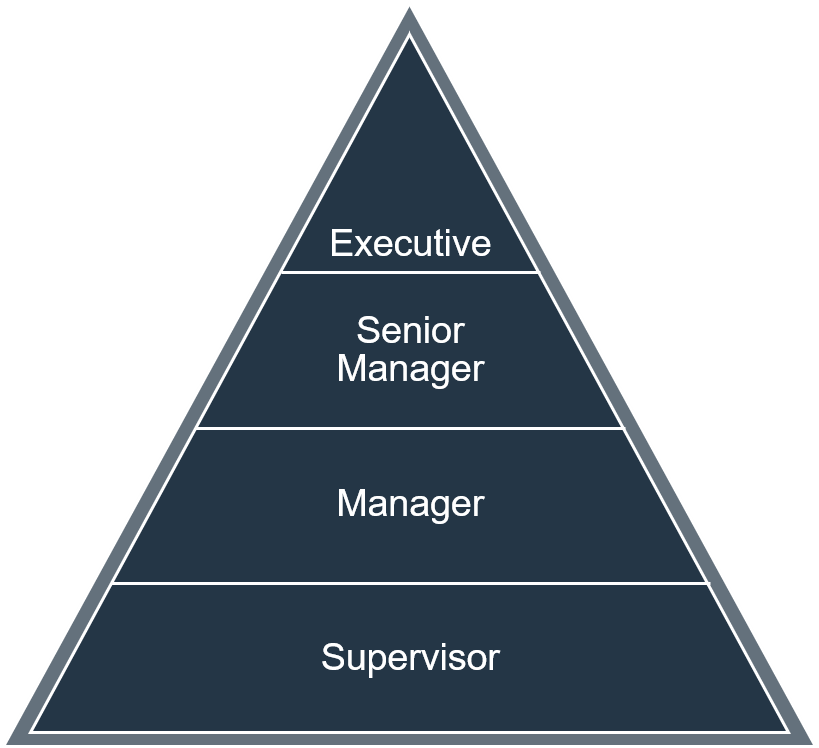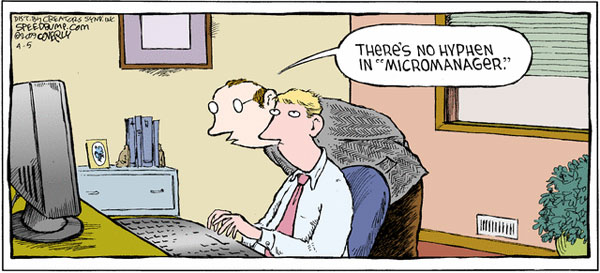I worked as a manager and a leader in multiple organizations for more than twenty-five years. I served as an Officer in the United States military and taught at a top-ranked university. Currently, I work for a leading management consulting company in the private industry. Over the past decade, I provided consulting services to many clients who work for the US government. Three things I have noticed working across all these different organizations. First, each one of them is unique. They have a specific mission, a way of doing business, and corporate culture. Second, they all task organize in different ways to accomplish their mission. No organization looks exactly like another. The same is true of companies across the world. Third, they all struggle to deliver results on a regular basis. High performance is not the norm. Why is that? The common management model does not work.
Most US corporations today are over-managed and under-led. They need to develop their capacity to exercise leadership.
John Kotter
Many organizations focus too much on management
As John Kotter’s quote points out, most organizations are over-managed and under-led. In the upper ranks, management rules over leadership. When the focus is management a predictable corporate culture is created. It is based on what I am calling the Common Management Model (shown below). In this blog, I will describe this organizational viewpoint and the culture it creates.

You climb to the top by managing more
The way you advance your career in the Common Management Model is simple – manage more. First, you start as a supervisor, someone who observes and directs the work of others. Simply make sure the work gets done. Next, you become a manager. Someone who manages supervisors. If you don’t screw up you eventually become a senior manager. During this phase, it is most important that you keep the trains running on time. If you last long enough and avoid train wrecks, you become an executive. Hopefully, by then you get a nice parking spot. You are going to need it because the majority of your time will be spent in meetings with your senior managers…making sure they keep their trains running on time.

Managers focus on their own numbers
In the Common Management Model, your value to the organization is measured in two ways. First – how many people work for you. Second – how much budget responsibility you have. These measures drive management behavior and corporate culture. If you want to “climb the ladder” it is vital that you find ways to get more people and more budget resources. The bigger your organization, the larger your budget, the more important you become. What you actually deliver is a by-product, typically placed on the back burner.

This model creates an unhealthy culture
The way managers talk about their work is revealing. Ask one of them what they do and you will hear about the scope of their role, not the impact they create, or the results they deliver. For example, “I have 25 people working for me and I am responsible for an annual budget of $10M”. I made up the numbers. They don’t really matter other than more is better. This obsession with management can create an unhealthy culture distinguished by three characteristics.
1. Collaboration is limited
In the Common Management Model managers are not incentivized to collaborate. Rather than work together, managers stay in their own lane and play it safe. Think about it. If my goal is to get more people and more money, then why would I help others. Sure – I am going to be nice, and lend a helping hand every now and then. But, I am unlikely to help you in a meaningful way, to truly collaborate, unless it helps me. After all, if your team does not perform well, then I can make the case to senior management that your resources should be redirected my way. A turf war will ensue. If you think this does not happen. It does. I have witnessed too many of these battles over the years. They are petty and a distraction from getting the mission accomplished.

2. Innovation is stifled
It is difficult for an organization to innovate without collaboration. The more big brains you have trying to solve a problem, the better off you will be. If managers lack the incentive to collaborate (as described above), it is doubtful their team members will fill the void. Innovation is all about new ideas, creative solutions, and better ways of doing business. Sometimes innovation requires new thinking. Other times you simply need the right person to identify some tweaks for improving a process. Either way, the best method for innovation is through consistent collaboration. It is challenging to have one without the other. Without collaboration, teams become limited to their own thinking. Let’s face it – if no one on the team knows a better way forward, then the status quo will prevail. Keep doing the same old same old.

3. Micromanagement is encouraged
In the Common Management Model micromanagement becomes commonplace. If more management is good, then micromanaging your team is the best method for moving up the ladder. Ask your team for constant status, watch their every move, and do everything you can to make sure it is not your fault when the trains are late one day. Am I overstating this observation? I am. But, I have witnessed micromanagement in spades over the past decade. In fact, some organizations reward their micromanagers with more responsibility.

This model affects performance
The common management model avoids pushing teams toward high performance. Rather take it easy. Take it slow. Manage every step in the process. Monitor as much as you can. The good news for micromanagers is that you will rarely be surprised. The bad news is that performance suffers, and your team will come to dislike their work. No one I know wants to be micromanaged. It goes against human nature to want to be told what to do all the time.

Leadership is the solution
All the Way Leadership! believes that there is a better path to take. A different model to follow. Next week I will talk about a different organization view. One that focuses more on leadership. Just so that I am clear – management in itself is not bad. It is necessary. It is important that the trains run on time. But, I believe leadership is needed for sustained high performance. That is one of the reasons the company is called All The Way Leadership!, not All The Way Management.
Learning about management is not difficult
There are plenty of good books, courses, and certifications you can obtain that will make you an expert manager. Leadership, on the other hand, is more challenging. That is one of the reasons this company exists. To help you become a more effective leader. It will make a huge difference for you, your team, and the organizations you support.
ATW! is designed to make you a better leader
I hope you join me on this journey to raise up the next generation of leaders. The world is in desperate need of more great leaders. Women and men who lead with confidence, clarity, and creativity. It’s time to become the leader that your world needs. Let’s go All The Way!
